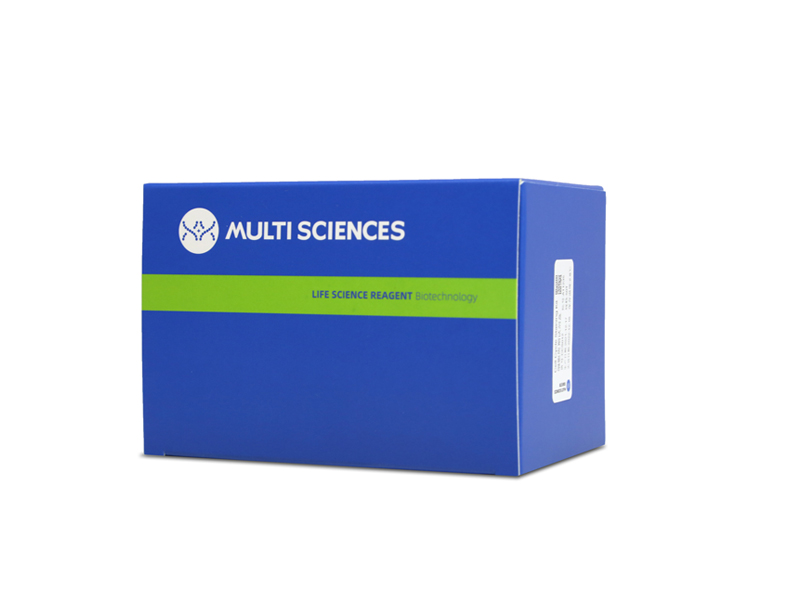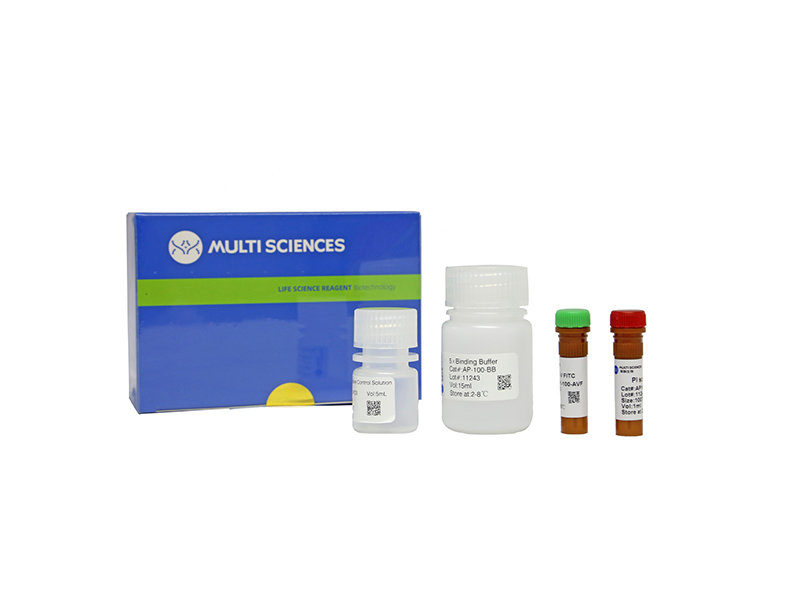Multiple factors are known to contribute to the pathogenesis of cerebral ischemic injury, including microRNAs (miRNAs). However, the precise mechanism of miRNAs involvement in cerebral ischemia remains largely unclear. In the current study, we found that miR-217 was significantly upregulated in ischemic stroke models, and the upregulation of miR-217 was associated with the development of post-stroke cognitive impairment. Further investigation revealed that myocyte enhancer factor 2D (MEF2D) was the direct target of miR-217. In vitro experiments showed that miR-217 promoted aggregation of histone deacetylase 5 (HDAC5) in cell nuclei by targeting MEF2D, which led to decreased expression of interleukin (IL)-10. In addition, miR-217 inhibited the expression of NADH dehydrogenase subunit 6 (ND6) in a MEF2D-dependent manner. Overexpression of MEF2D can reverse oxygen-glucose deprivation (OGD)-induced downregulation of ND6 and OGD-mediated neuronal apoptosis, and also reduce the elevated generation of reactive oxygen species (ROS) induced by OGD. Additionally, we found that in vivo administration of MEF2D overexpression plasmids increased IL-10 production and ameliorated cognitive impairment after cerebral ischemia. Taken together, these findings reveal a novel pathogenetic mechganism of cerebral ischemia-related brain injury involving the miR-217/MEF2D/HDAC5 axis and the miR-217/MEF2D/ND6 axis.
文章引用产品列表
-
- AT104 67 Citations
- 凋亡试剂盒
Annexin V-PE/7-AAD Apoptosis Kit(细胞凋亡试剂盒 - 贴壁细胞专用)
- ¥1,010.00 – ¥2,090.00
-
- AP104 95 Citations
- 凋亡试剂盒
Annexin V-PE/7-AAD Apoptosis Kit 细胞凋亡试剂盒
- ¥780.00 – ¥1,860.00



